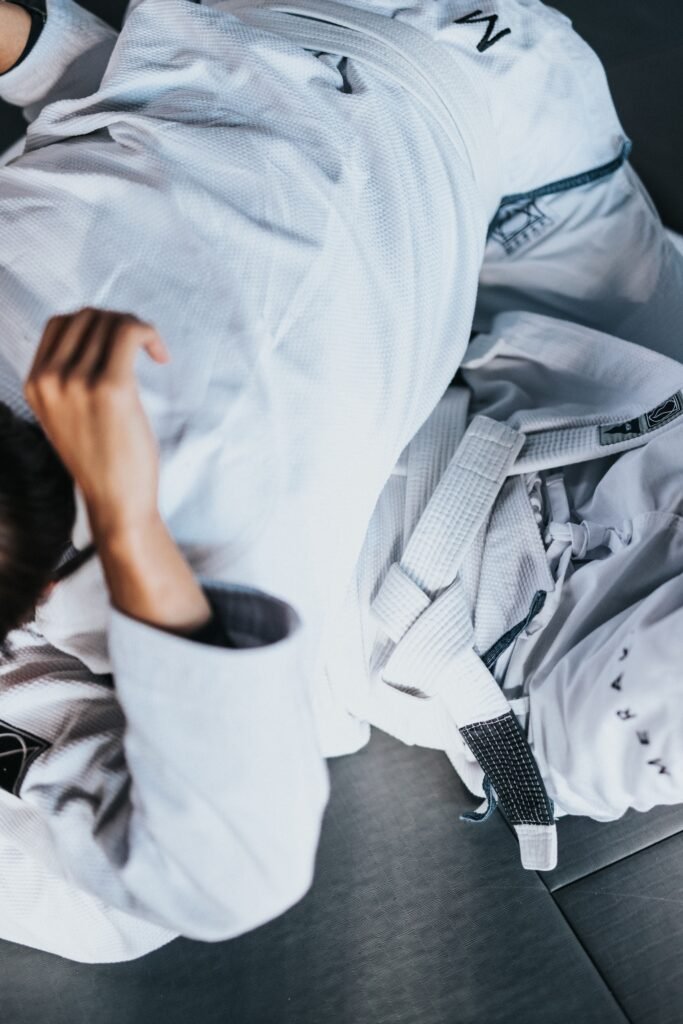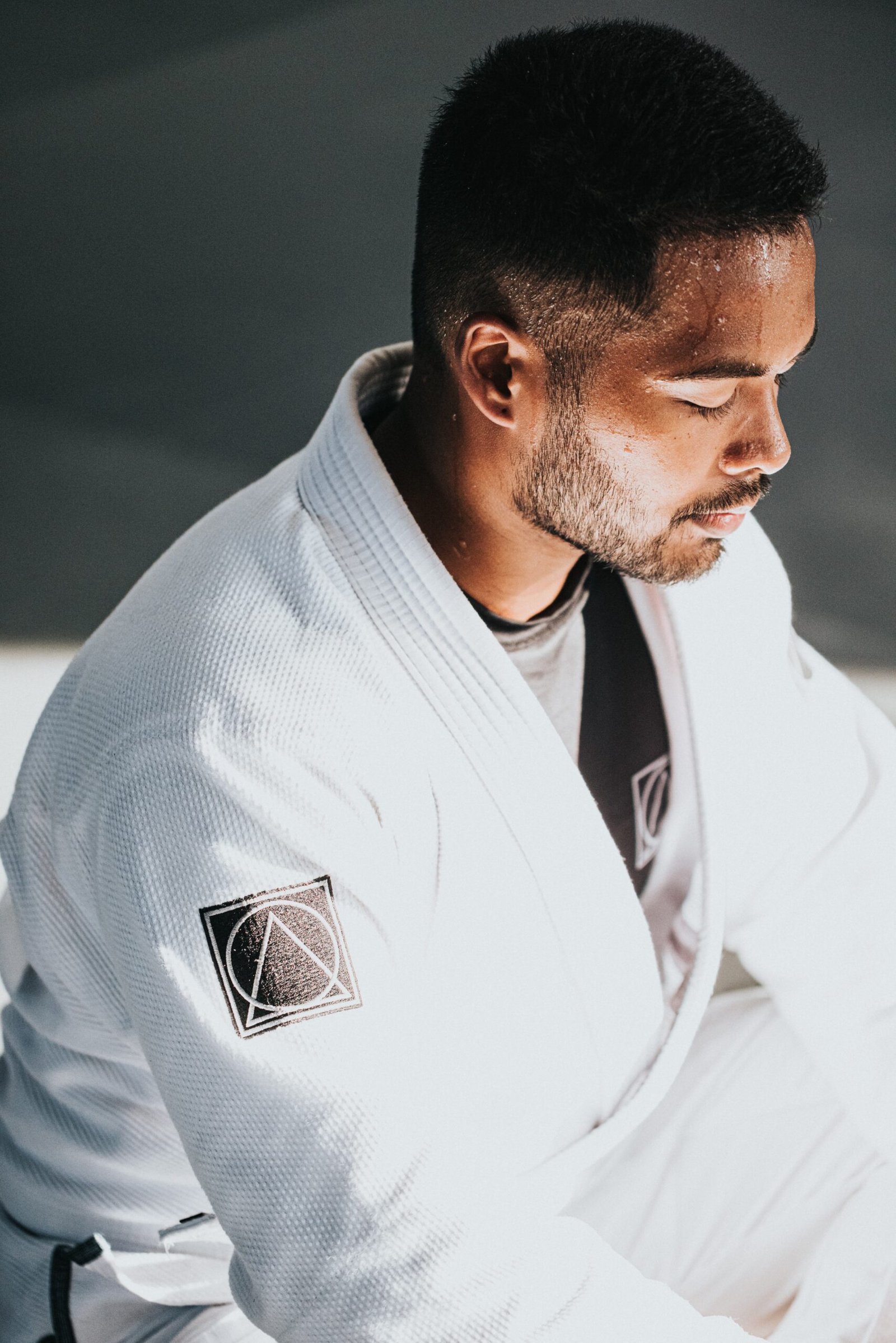In this article, we will explore the fascinating world of martial arts and delve into the question: What martial arts did Bruce Lee know? Bruce Lee, the legendary martial artist and actor, is known for his incredible skills and unique approach to combat. Join us as we take a closer look at the various martial arts that Bruce Lee studied and mastered throughout his extraordinary career. Whether you are a fan of martial arts or simply curious about Bruce Lee's impeccable abilities, this article will shed light on the diverse range of disciplines that contributed to his revolutionary martial arts techniques.
What Martial Arts Did Bruce Lee Know
Bruce Lee, the legendary martial artist and movie star, was known for his incredible skills and mastery of various martial arts. Throughout his life, Bruce Lee trained in a wide range of styles, blending together the most effective techniques from each discipline to create his own unique fighting style. Let's take a closer look at the martial arts that Bruce Lee knew.
Wing Chun
One of the earliest martial arts styles that Bruce Lee learned was Wing Chun. Originating from China, Wing Chun is a close-quarters combat system known for its efficiency and practicality. Bruce Lee was introduced to Wing Chun by his first formal martial arts instructor, Yip Man. The principles and punching techniques of Wing Chun heavily influenced Bruce Lee's later development and served as the foundation for his martial arts journey.
Boxing
Bruce Lee recognized the importance of boxing in developing one's striking skills. He studied and incorporated some of the fundamental boxing techniques, such as footwork, jabs, hooks, and combinations, into his own martial arts repertoire. Boxing provided Bruce Lee with improved hand speed, agility, and accuracy, allowing him to deliver lightning-fast punches with devastating power.

Fencing
While not traditionally associated with martial arts, Bruce Lee also explored the art of fencing. Fencing is a sport that focuses on the use of swords, emphasizing speed and strategy. Bruce Lee found fencing to be an excellent discipline for enhancing his sense of timing, reflexes, and spatial awareness. These skills were then integrated into his own martial arts philosophy, emphasizing the importance of adaptability and quick reactions.
Judo
Judo, a Japanese martial art known for its throws and grappling techniques, also played a part in Bruce Lee's martial arts journey. While not extensively trained in Judo, Bruce Lee recognized the importance of understanding the principles of leverage, balance, and joint manipulation. Incorporating elements of Judo allowed him to expand his repertoire of close-quarters combat techniques and gain a deeper understanding of effective self-defense strategies.

Karate
Bruce Lee was well-versed in various styles of Karate, including Shotokan and Goju-Ryu. Karate provided him with a solid foundation in striking techniques, strong stances, and disciplined training methods. Bruce Lee embraced the fluidity and adaptability of Karate, incorporating its kicks, punches, and blocks into his own martial arts system. The influence of Karate can be seen throughout his performances and teachings.
Muay Thai
Recognizing the effectiveness of Muay Thai's devastating strikes, clinching techniques, and powerful kicks, Bruce Lee integrated elements of this Thai martial art into his own fighting style. Muay Thai's emphasis on conditioning and relentless aggression resonated with Bruce Lee, who appreciated its ability to deliver maximum impact in a minimal amount of time. By incorporating Muay Thai techniques, Bruce Lee expanded his arsenal of powerful strikes and versatile fighting techniques.

Tai Chi
Despite being most famous for his explosive and dynamic movements, Bruce Lee also appreciated the slower, meditative aspects of martial arts. Tai Chi, an ancient Chinese practice known for its fluid and gentle movements, provided him with a deeper understanding of energy flow, balance, and relaxation. Although not widely showcased in his movies, Bruce Lee's integration of Tai Chi principles into his training helped him cultivate internal strength and harmony.
Escrime
Bruce Lee's pursuit of knowledge and his desire to explore various martial arts led him to the sport of Escrime, more commonly known as fencing. This French sword-fighting discipline emphasized speed, precision, and strategy. By studying Escrime, Bruce Lee developed a keen sense of timing and distance management, allowing him to adapt his movements and counter his opponents with incredible precision and speed.
Savate
Savate, a French martial art known for its elegant kicks and footwork, also influenced Bruce Lee's unique approach to combat. Bruce Lee incorporated elements of Savate into his training to enhance his kicking techniques and develop greater agility and flexibility. By blending the flashy kicks of Savate with other martial arts styles, Bruce Lee was able to create a dazzling and effective array of strikes that showcased his versatility as a martial artist.
Western Boxing
Finally, Bruce Lee recognized the importance of Western Boxing as a foundation for developing strong punching skills and defensive techniques. He integrated boxing principles, such as proper punching mechanics, head movement, and footwork, into his own martial arts philosophy. Western Boxing sharpened Bruce Lee's reflexes, honed his timing, and allowed him to deliver lightning-fast combinations with precision and power.
In conclusion, Bruce Lee's vast knowledge and training in various martial arts styles allowed him to create his own unique fighting system, Jeet Kune Do. By blending techniques from Wing Chun, Boxing, Fencing, Judo, Karate, Muay Thai, Tai Chi, Escrime, Savate, and Western Boxing, Bruce Lee developed a holistic approach to combat that emphasized efficiency, adaptability, and personal expression. His dedication to cross-training and absorbing the best from each discipline made him one of the most influential martial artists of all time.














